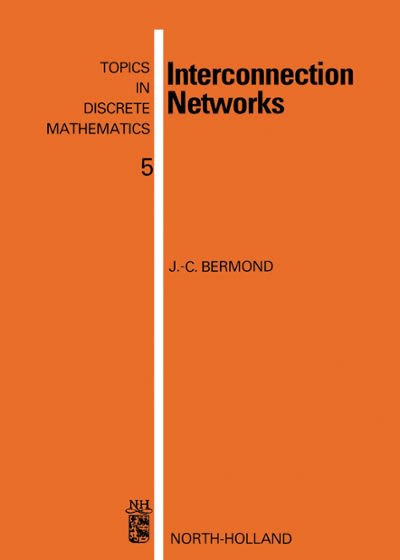Question
SCENARIO 4 A psychologist investigates the effect of modeling aggression on the amount of aggressive behaviors a child exhibits. She hypothesizes that children who view
SCENARIO 4
A psychologist investigates the effect of modeling aggression on the amount of aggressive behaviors a child exhibits. She hypothesizes that children who view aggressive behaviors will exhibit more aggressive behaviors compared to those who view kind behaviors. Subjects are randomly assigned, in equal numbers, to two different conditions. Ten children watch an adult behave aggressively with some toys (X1), and 10 other children watch an adult behave kindly with some toys (X2). Each of the 20 participants are then placed in a room with the toys while the psychologist counts how many aggressive behaviors are exhibited by each child. Children who watched the adult behave aggressively exhibited on average 17 aggressive behaviors with a Sum of Squares of 672. Those who watched the adult behave kindly exhibited on average 8 aggressive behaviors with a Sum of Squares of 226. Use an independent samplest-test to test the null hypothesis at the .05 level of significance.
Select the correct research question for SCENARIO 4
Those who watch an adult behave aggressively with toyswill exhibit fewer aggressive behaviors thanthosewho watch an adult behave kindly with toys. | ||
There is no way to tell | ||
Those who watch an adult behave aggressively with toyswill exhibit more aggressive behaviors than thosewho watch an adult behave kindly with toys. | ||
Those who watch an adult behave aggressively with toyswill exhibit the same amount ofaggressive behaviors when compared tothosewho watch an adult behave kindly with toys. |
- Select the correct statistical hypothesis for SCENARIO 4
| H0:1-2>0 H1:1-2<0 | ||
| H0: 1- 2<0 H1: 1- 2> 0 | ||
| H0:1-2=0 H1:1-20 | ||
| H0:1-2<672 H1:1-2> 672 |
Type what the correct degrees of freedom is for SCENARIO 4. Must show how you solved the equation to receive credit. Use + for adding, - for subtracting, and = for equal sign.
Select the correct criticaltvalue for SCENARIO 4
+ or - 1.734 | ||
1.734 | ||
.05 | ||
-1.734 |
Select the correct decision rule for SCENARIO 4
Reject the null hypothesis if t observed is greater than 1.734or less than -1.734 | ||
Reject the null hypothesis if t observed is less than 1.734 | ||
Reject the null hypothesis if t observed is greater than 1.734 | ||
Reject the null hypothesis if t observed is greater than .05 |
- Select the correct pooled variance estimate for SCENARIO 4
49.89 | ||
59.89 | ||
-49.89 | ||
-59.89 |
Select the correct decision rule for SCENARIO 4
Reject the null hypothesis if t observed is greater than 1.734or less than -1.734 | ||
Reject the null hypothesis if t observed is less than 1.734 | ||
Reject the null hypothesis if t observed is greater than 1.734 | ||
Reject the null hypothesis if t observed is greater than .05 |
- Select the correct pooled variance estimate for SCENARIO 4
49.89 | ||
59.89 | ||
-49.89 | ||
-59.89 |
- Select the correct estimated standard error for SCENARIO 4
3.16 | ||
-3.16 | ||
49.89 | ||
-49.89 |
Type what the observed t score is for SCENARIO 4. Must show how you solved the equation to receive credit. use - for minus sign, / for division sign, and = for equal sign.
- Select the correct decision and explanation about whether or not you should reject H0for SCENARIO 4
Do not reject the null hypothesis because the t observed value of 9 is greater than the t critical value of 1.734 | ||
Reject the null hypothesis because the t observed value of -2.85 is greater than the t critical value of 1.734 | ||
Do not reject the null hypothesis because the t observed value of 9is less than the t critical value of 1.734 | ||
Reject the null hypothesis because the t observed value of 2.85 is greater than the t critical value of 1.734 |
2 points
QUESTION 26
- Select the best interpretation of the results for SCENARIO 4
Those who watch an adult behave aggressively with toysdo not exhibit more aggressive behaviors thanthosewho watch an adult behave kindly with toys. | ||
Those who watch an adult behave aggressively with toysexhibit the same amount of aggressive behaviors compared tothosewho watch an adult behave kindly with toys. | ||
There is no way to interpret the results. | ||
Those who watch an adult behave aggressively with toysdo exhibit more aggressive behaviors thanthosewho watch an adult behave kindly with toys. |
Step by Step Solution
There are 3 Steps involved in it
Step: 1

Get Instant Access to Expert-Tailored Solutions
See step-by-step solutions with expert insights and AI powered tools for academic success
Step: 2

Step: 3

Ace Your Homework with AI
Get the answers you need in no time with our AI-driven, step-by-step assistance
Get Started


